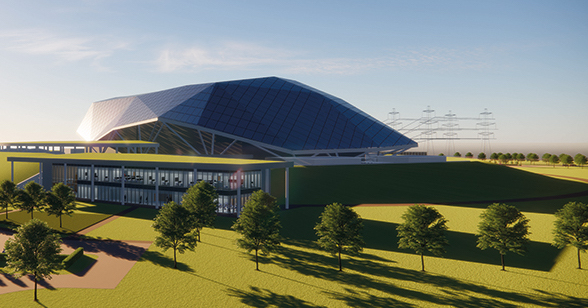More nuclear power plants will be approved across England and Wales in the wake of changes planned by Prime Minister Kier Starmer.
Reforms to planning rules will clear a path for smaller, factory built nuclear reactors – known as Small Modular Reactors or SMRs – to be built for the first time ever in the UK. This is expected to create thousands of new highly skilled jobs while delivering clean, secure and more affordable energy for working people.
The new plan will shake up the planning rules to make it easier to build nuclear across the country, achieved by:
- Including mini-nuclear power stations in planning rules for the first time – so firms can start building them in the places that need them.
- Scrapping the set list of eight sites – which meant nuclear sites could be built anywhere across England and Wales.
- Removing the expiry date on nuclear planning rules – so projects don’t get timed out and industry can plan for the long term.
- Setting up a Nuclear Regulatory Taskforce – that will spearhead improvements to the regulations to help more companies build here. This will report directly to the PM.
Currently, nuclear development is restricted to eight sites – as part of old planning rules that haven’t been looked at since 2011. With the reforms unveiled today, the refreshed planning framework will help streamline the process to encourage investment and enable developers to identify the best sites for their projects, supporting development at a wider range of locations.
Developers will be encouraged to bring forward sites as soon as possible at the pre-application stage in the planning process, speeding up overall timelines.
It will include new nuclear technologies such as small and advanced modular reactors for the first time, providing flexibility to co-locate them with energy intensive industrial sites such as AI data centres.
These technologies are cheaper and quicker to build than traditional nuclear power plants and require smaller sites, meaning they can be built in a greater variety of locations.
There will also continue to be robust criteria for nuclear reactor locations, including restrictions near densely populated areas and military activity, alongside community engagement and high environmental standards.



